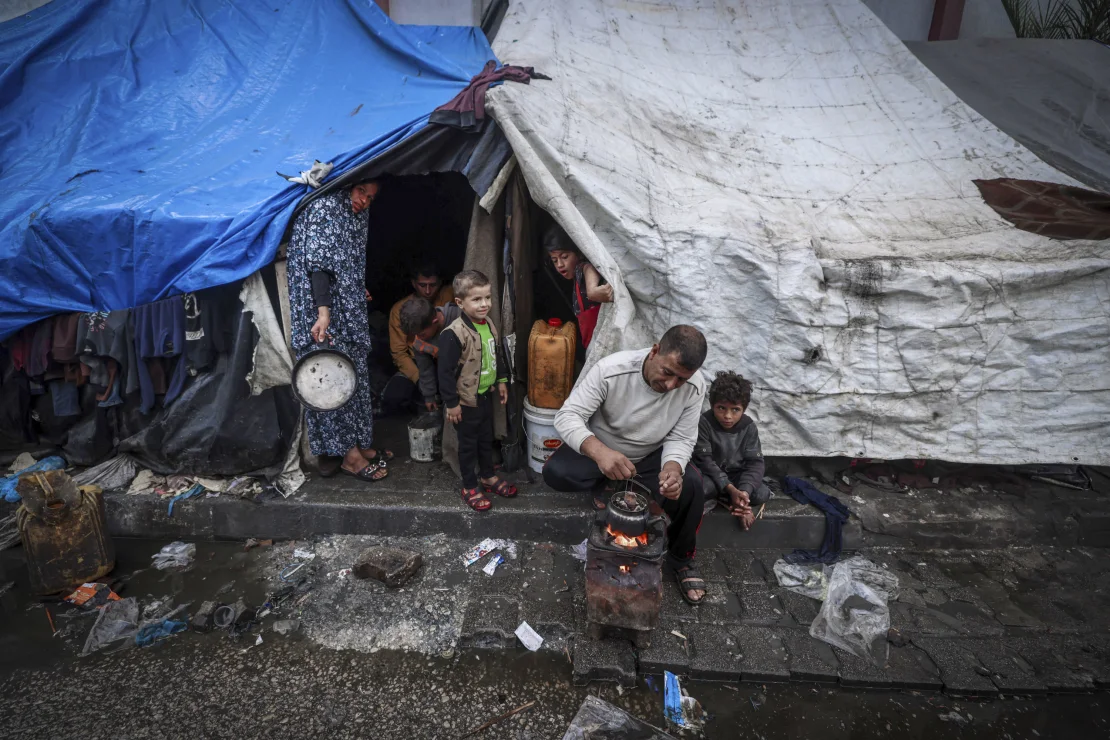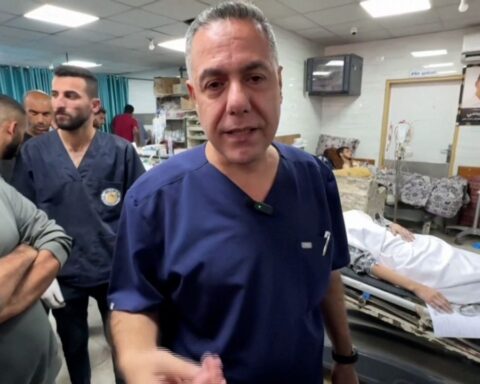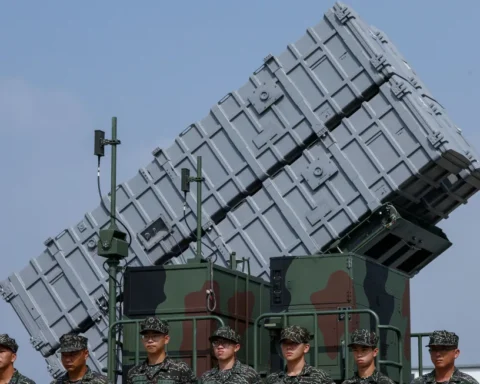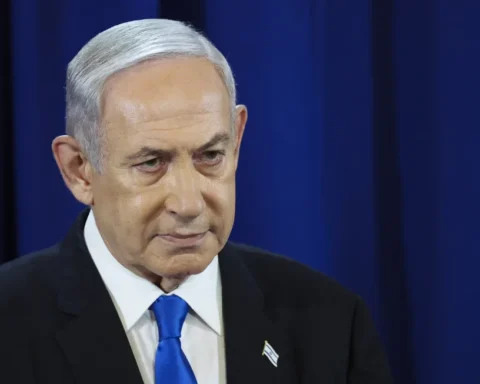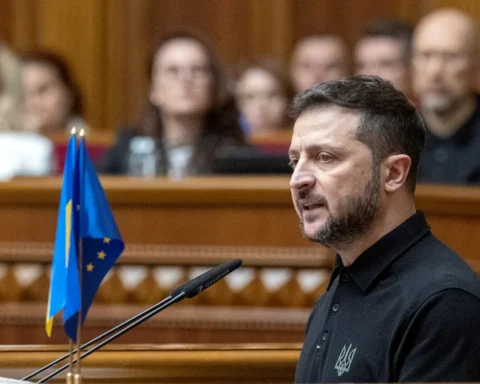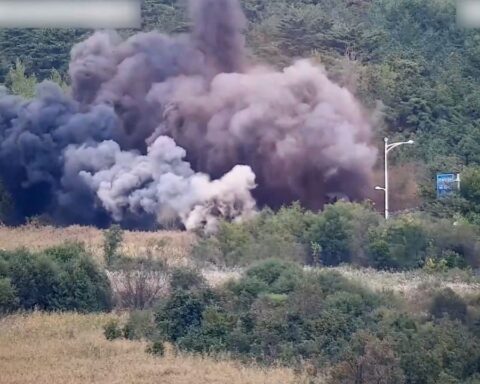As the Muslim world celebrates Eid al-Fitr, marking the end of Ramadan, Gaza finds itself enveloped not in festivities but in the aftermath of destruction. This year, the usual joy of Eid has been overshadowed by a landscape of leveled homes and ongoing conflict, leaving the Palestinian enclave in a state of sorrow and despair. The recent ceasefire has done little to alleviate the hardships faced by the residents, who now confront a holiday season marked by loss and displacement rather than celebration.
Mohammad from Khan Younis, having returned to his bombed city, expressed his resignation to spending Eid in a tent, noting the stark contrast to past celebrations. “I never expected to spend Eid like this,” he remarked to CNN. The war, ongoing for seven months now, has had a devastating impact on Gaza’s population, with over 33,400 Palestinians killed, a majority being women and children. The health and humanitarian crisis is further exacerbated by severe food shortages, with a UN report indicating that nearly half of Gaza’s population is on the brink of starvation.
Despite the devastation, the spirit of Eid is not entirely lost. In Deir al Balah, Ahlam Saleh and other women have taken to baking traditional Eid biscuits and ka’ak to bring normalcy and joy to the children’s lives. “We are trying to make our kids happy, make those around us happy, remind them of the smell of Eid,” Saleh shared. Even in the face of immense grief and hardship, the people of Gaza strive to observe the holiday, gathering in what remains of their mosques and homes to pray and remember those they have lost.
As Gazans mark this somber Eid, their resilience shines through the devastation. The holiday has become a time for celebration and a poignant moment of defiance and mourning. As the conflict persists, the hope remains that future Eids will return to their rightful state of peace and joy. Until then, Gaza’s people hold onto their traditions and each other amidst the ruins of their once vibrant community.


